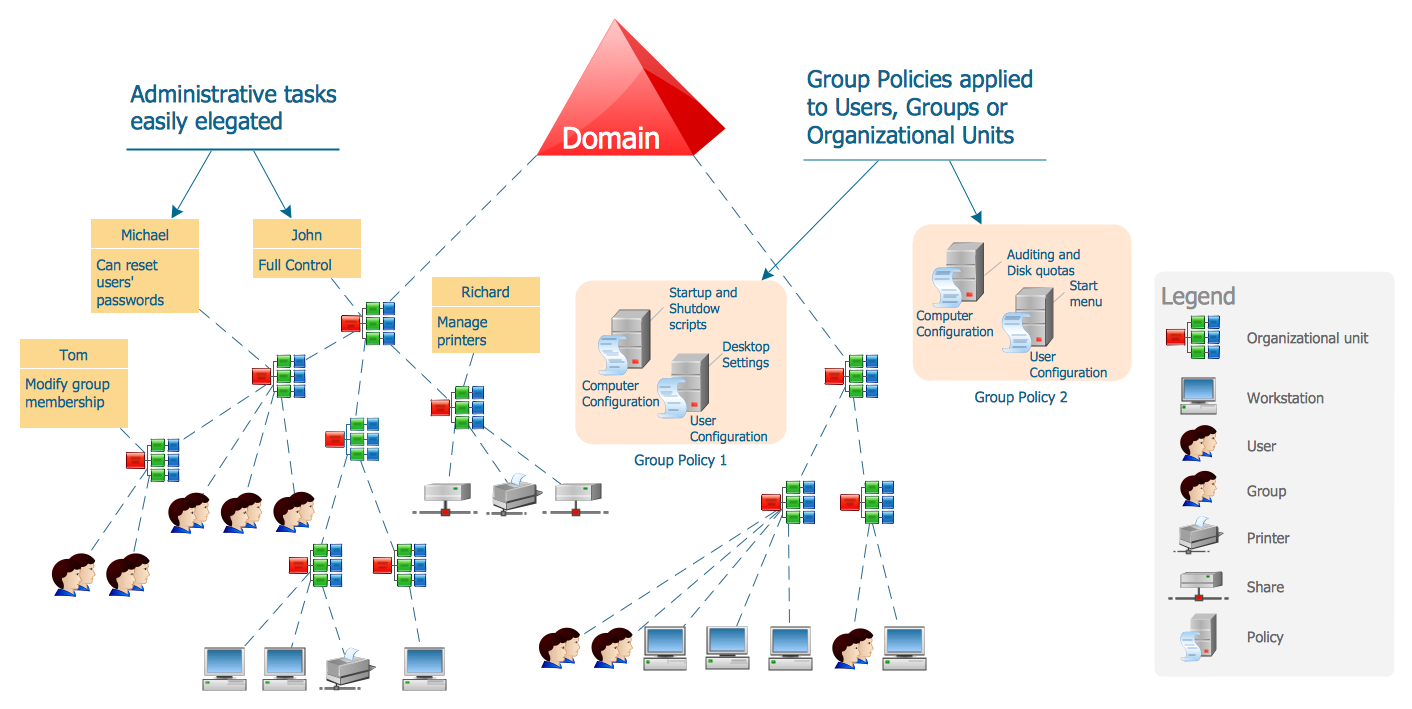


It comes with any Windows Server that has the Active Directory Domain Services role (AD DS) installed.ĪD is primarily used to store, give permissions, and manage information about users and their resources.ĪD can store information as objects. Active Directory (AD)Īctive Directory (AD) is a directory service for Windows domain networks. Whereas the database is the physical data store accessed and stored in a computer system, the directory service uses the database to request and get the objects’ information. It is important to notice that a directory service is more than a database. It allows easy and quick storage, search, and management of resources within a network.Įach network resource is considered an object.


If you are a beginner in Active Directory, this list can help you get a good foundation on the key concepts.Īctive Directory Fundamentals Directory ServiceĪ Directory Service is an information store built on a hierarchical structure. In this article, we made a list of the essential terms and concepts in the Active Directory world. Today, a directory service like Active Directory (AD) is of paramount importance to an organization’s network, especially the large ones.ĪD supports almost all of the mission-critical processes and applications like resource provisioning, capacity planning, security, network services, resource management, and more. Before Active Directory existed, if you needed to get a shared file in a network, you had to know the name or IP of the server, the path of the file, and its name.Īlthough this solution works for small networks, it is not scalable as the network grows.Ī directory service helps solve this problem by mapping all the names of network resources such as shared files, folders, printers, servers, etc., to their particular address.


 0 kommentar(er)
0 kommentar(er)
